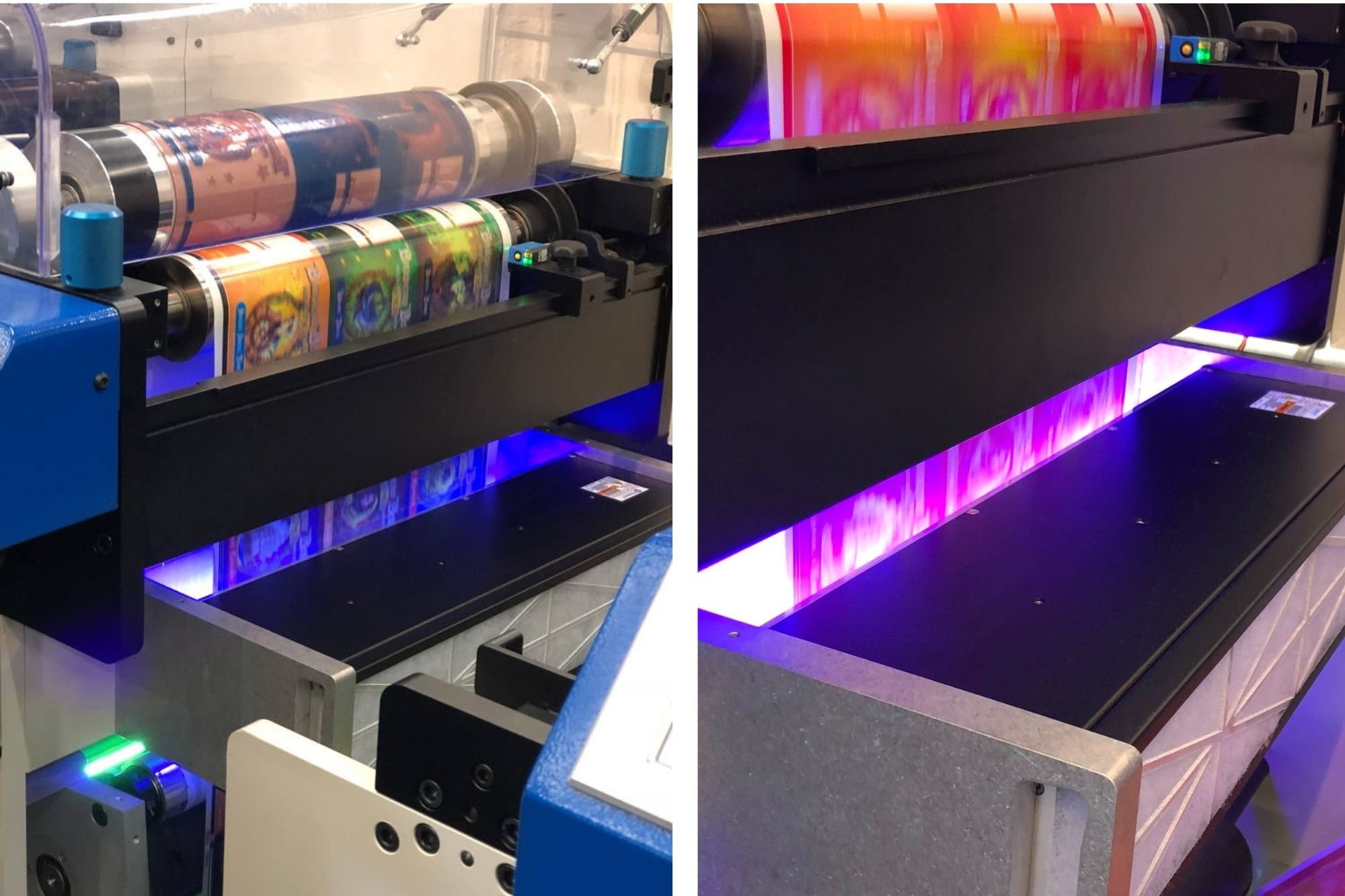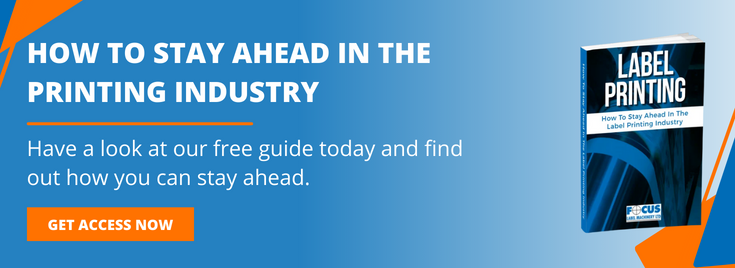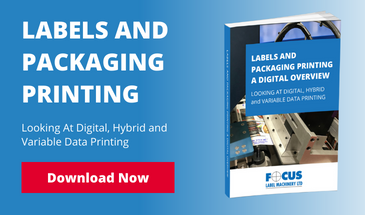
LED UV inks are one of the fastest growing trends in the printing industry, fuelled by the increasing demand for sustainable products and a recent reminder that energy costs have returned as a pressure on business. LED UV inks are a popular sustainable option because they are 100% free of the solvents and VOCs (volatile organic compounds) that are linked to so many environmental and health problems.
LED UV inks are available in a wide range of colours and tones, and are applicable to a variety of substrates used in label printing and commercial paper printing (e.g. high quality Food labelling). LED UV Inks require less energy for curing, and do not have the extraction & filtration concerns of conventional UV inks.
LED UV inks vs conventional inks
UV LED inks differ from conventional solvent or water-based inks in that they are applied in a solid form. This necessitates a different approach to curing because, rather than being absorbed into the substrate, the inks are cured onto the substrate through ultraviolet (UV) light, using an UV drying system. This non-absorbability makes some UV inks unsuitable for many packaging materials, including metal foils, acrylics, and thermoplastics.
There are several advantages to using LED UV inks, including:
- A near-instantaneous curing process.
- The fact that ink doesn’t transfer from one label or product to another – reducing product wastage.
- The long shelf life of UV-printed products without fading; usually 2 to 5 years or more.
- The non-flammable nature of UV inks, improving safety and simplifying storage and handling requirements.
- Their colour intensity – the average UV LED Ink has up to twice as much pigment content as a conventional ink (which also means that UV LED inks go further and provide greater substrate coverage).
- An excellent eco-friendly profile, with UV LED inks being environmentally sustainable to produce and relatively easy to recycle.
Changes in UV printing and curing
Due to its popularity and growing consumer appeal, LED UV inks and drying systems are changing rapidly, so businesses investing in this technology should consider the latest developments and applications in order to avoid early obsolescence and get the best value for money.
UV inks have actually been around for some time, but the older generation of UV inks require a high-temperature curing system to finish the process. Older drying systems used mercury or ozone lamps, which generate a lot of waste heat, aren’t always energy-efficient, and risk exposing print technicians to hazardous gases & Light. The latest generation of LED UV inks and drying systems have replaced these older lamps with LED bulbs, bringing a host of cost savings and environmental benefits.
How does a modern LED UV ink drying system work?
An LED UV drying system is effectively a super-efficient UV lamp, with different models available for use with Flexographic and digital inkjet printing presses. The substrate is processed through the drying system and exposed to a high-intensity UV light, which instantly cures the ink to the substrate, allowing even high-volume print runs to be processed quickly.
This is a highly effective drying process and, unlike a conventional drying oven or non-LED UV system, doesn’t require high temperatures to achieve the right bond. UV LED ink drying is a low-temperature curing process, using less energy than heatset drying and subsequently costing less. It also means that UV LED inks can be used on traditionally heat-sensitive substrates without the risk of damage or quality loss.
Finally, LED UV ink drying systems are good for the environment in two ways:
1) They don’t require mercury arc bulbs, removing environmentally toxic ozone and mercury from the curing process, so they do not need any form of extraction or additional light guarding. The drying systems are easy to install and replace existing drying systems, so upgrading an existing press is definitely an option to consider.
2) They use fewer resources. LED UV curing lamps can provide 30,000+ hours of service, lasting 10 times as long as a conventional mercury or UV curing lamp. This is good for businesses as it saves money and energy, but it also lowers the burden of resources on the environment and improves sustainability.
3) LED UV runs on less power than any other ink drying system, reducing your operational cost.
What developments and applications are leading the sector into 2022?
Ink and drying system manufacturers have been busy throughout the pandemic developing new energy-efficient green solutions for printing businesses, following on from a restriction of mercury in curing systems from 2017. Innovative new UV inks by Pulse, Flint, Nazdar, and Paragon allow effective printing on flexible packaging film for the first time, as well as a wider range of heat-sensitive substrates than previously. The latest inks also include food-grade products for the labelling and packaging sector, overcoming previous concerns about the toxicity of some UV inks.
In the realm of LED UV drying systems, the latest units by Phoseon and GEW extend the compatibility of UV inks with flexographic and hybrid digital printing presses, giving label and packaging printers greater flexibility, and avoiding the need to invest in separate presses for UV inks. A single inkjet or analogue system can now be used to oversee the entire print cycle, lowering costs, and shortening the time to print.
Contact Focus Label to find out more about the latest innovations in print technology
Flexographic printing is changing all the time, with control systems and methods that make the latest generation of flexographic and digital hybrid printing presses – and their accessories – almost unrecognisable from models manufactured 8 to 12 years ago. At Focus Label, we are committed to innovation in printing technology, and we are working with the industry leaders in bringing LED UV drying systems to the forefront of conventional & digital printing technology. regularly update this blog with summaries of the latest developments in LED UV inks, drying systems, and digital printing presses.
To find out more about our products and services, or to discuss your project needs with one of our specialists, please give us a call today on + 44 (0)1949 836223. Alternatively, please fill out our online contact form and someone will contact you at a time of your convenience.







